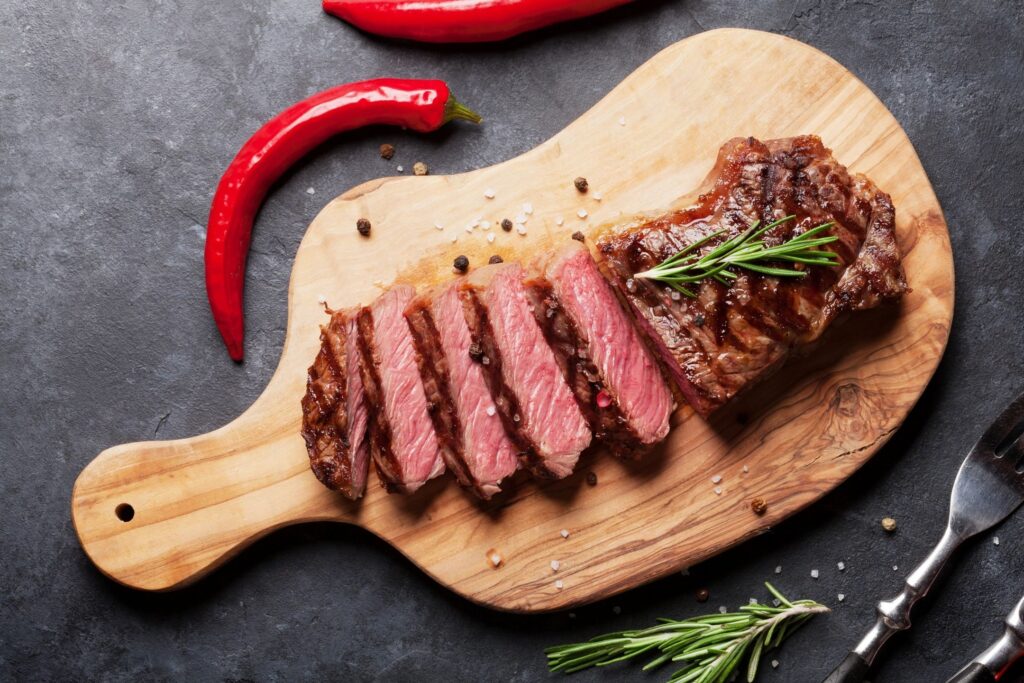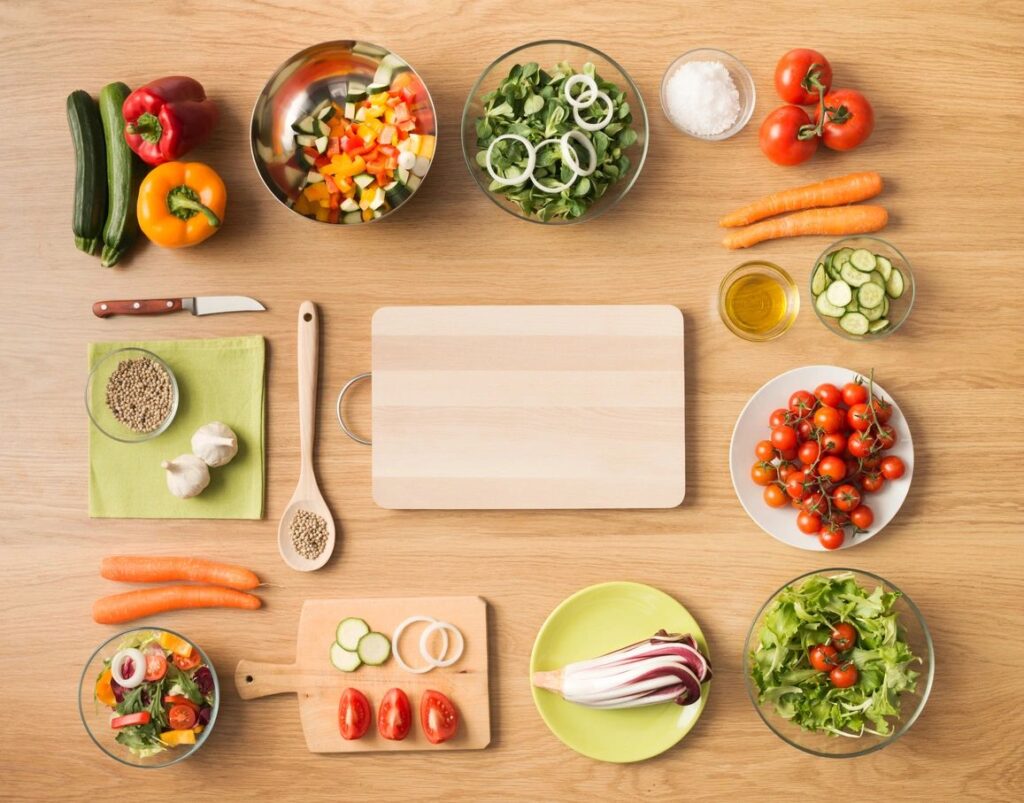A Fresh Start to Wellness
I remember the moment I realized something had to change. I was exhausted, constantly craving carbohydrates, and struggling to keep up with the active life I wanted. That’s when I discovered clean eating—not as a restrictive diet, but as a way to fuel my body with real, nourishing food. If you’re here, you might be feeling the same way. You’re not alone, and the good news? Small changes can lead to big results.

The Foundations of Clean Eating
Clean eating is about simplifying. It’s about choosing foods that are as close to their natural state as possible and cutting out the processed junk that leaves us feeling sluggish. Here’s what I focus on:
- Whole, unprocessed foods like fresh vegetables, lean proteins, and healthy fats
- Quality protein sources that fuel your body without additives
- Healthy fats from natural sources like avocados, nuts, and olive oil
- Hydration—staying well-hydrated with water, herbal teas, and mineral-rich broths
It’s not about following rigid rules; it’s about choosing foods that make you feel strong, energized, and balanced. For a great reference, check out Genius Foods by Max Lugavere.

Building a Clean Eating Routine That Works for You
I’ll be honest—transitioning to clean eating isn’t always easy at first. But with the right approach, it becomes second nature. Here’s what worked for me:
1. Start Small—One Change at a Time
I didn’t wake up one morning and throw everything out of my pantry (tempting as that was). Instead, I made small swaps:
- Switched from vegetable oil to olive and avocado oil
- Replaced sugary snacks with nuts, berries, or dark chocolate (85% or higher cacao)
- Chose pasture-raised eggs and wild-caught fish whenever possible
Pick one or two changes to start, and build from there.

2. Stock Your Kitchen for Success
If it’s in your house, you’ll eat it—so set yourself up for success! I keep my kitchen stocked with:
- Fresh and frozen vegetables
- High-quality protein (grass-fed beef, wild salmon, free-range poultry)
- Healthy fats (extra virgin olive oil, ghee, coconut oil)
- Low-glycemic fruits like berries, apples, and citrus (Check out the Dirty Dozen & Clean Fifteen)
- Nuts and seeds for easy snacking and meal boosts
Having these staples on hand makes clean eating effortless.
3. Prioritize Protein and Healthy Fats
One of the biggest mistakes I made early on was not eating enough protein and fat—leaving me hungry and frustrated. Now, I build my meals around them:
- Breakfast: Scrambled eggs with avocado and sautéed greens
- Lunch: Grilled chicken salad with olive oil dressing and nuts
- Dinner: Salmon with roasted Brussels sprouts and a side of cauliflower mash
These meals keep me full, energized, and free from constant cravings.
4. Make Meal Planning Easy
I used to overcomplicate meal prep, thinking I needed elaborate recipes. Now, I keep it simple:
- Choose go-to meals that are easy to throw together
- Batch cook proteins like grilled chicken, slow-cooked beef, or baked fish
- Chop veggies ahead of time so they’re ready to use
- Keep healthy snacks on hand—hard-boiled eggs, nuts, and cheese sticks save the day
To make things even easier, I’ve put together a 7-day clean eating menu with simple, delicious recipes. If you need inspiration, grab my free 7-Day Clean Eating Meal Plan & Recipes—it’s packed with easy-to-follow meals that will help you stay on track without stress.

Overcoming Common Challenges
Transitioning to clean eating isn’t always smooth sailing. Here’s how to tackle common obstacles:
1. Cravings & Sugar Withdrawals
If you’ve been used to processed foods, your taste buds may crave sugar and refined carbs at first. Combat this by:
- Eating enough healthy fats and proteins to stay full
- Choosing naturally sweet foods like berries or dark chocolate (85% cacao or higher)
- Drinking plenty of water and herbal teas to reduce cravings
2. Eating Out & Social Events
Dining out or attending social events doesn’t have to derail your progress:
- Check menus in advance and choose clean options
- Opt for grilled meats, salads, and vegetable sides
- Politely decline or enjoy small portions of processed foods without guilt
3. Time Constraints
Busy schedules can make healthy eating seem difficult, but a little planning goes a long way:
- Keep quick, healthy meals on rotation
- Prep ingredients in advance for grab-and-go options
- Use a slow cooker or Instant Pot for easy, nutritious meals
The Benefits of Clean Eating
The shift to clean eating changed everything for me. Here’s what I noticed:
- Steady Energy: No more afternoon crashes or sluggish mornings
- Better Digestion: Fewer bloating issues, improved gut health
- Reduced Inflammation: Less joint pain, fewer headaches, and overall improved well-being
- Sustainable Weight Management: Clean eating naturally supports a healthy weight without extreme dieting
- Clearer Skin and Sharper Focus: Food affects everything—from our complexion to our mental clarity
Finding What Works for You
There’s no one-size-fits-all approach. Some people thrive on a lower-carb lifestyle, while others incorporate more fruits and vegetables. The key is listening to your body and adjusting as needed.
Most importantly, this isn’t about perfection. It’s about progress. Each small step you take matters. Swap out processed foods, plan balanced meals, drink more water—every positive change adds up.

If you’re ready to dive deeper into clean eating and take control of your health, check out my 30 Days of Delicious ebook. Packed with clean, easy-to-make recipes, it’ll help you stay on track with your healthy living goals. Get your copy now! Plus, don’t forget to grab your 7-Day Clean Eating Meal Plan & Recipes to get started right away.
So, what’s your first step? Let’s do this together. Start today by making one simple swap and watch how your energy, health, and overall well-being transform. I’m cheering you on!
Disclaimer:
The information provided in this blog post is for general informational purposes only and is based on my personal experiences and research. While I have found the low-carb lifestyle beneficial, it’s important to remember that each person’s health and nutritional needs are unique. Before making any significant changes to your diet or lifestyle, I recommend consulting with a healthcare provider or nutritionist to ensure that low-carb living is right for you, especially if you have any pre-existing health conditions. Results may vary, and the information shared is not intended to diagnose, treat, or cure any medical conditions.
